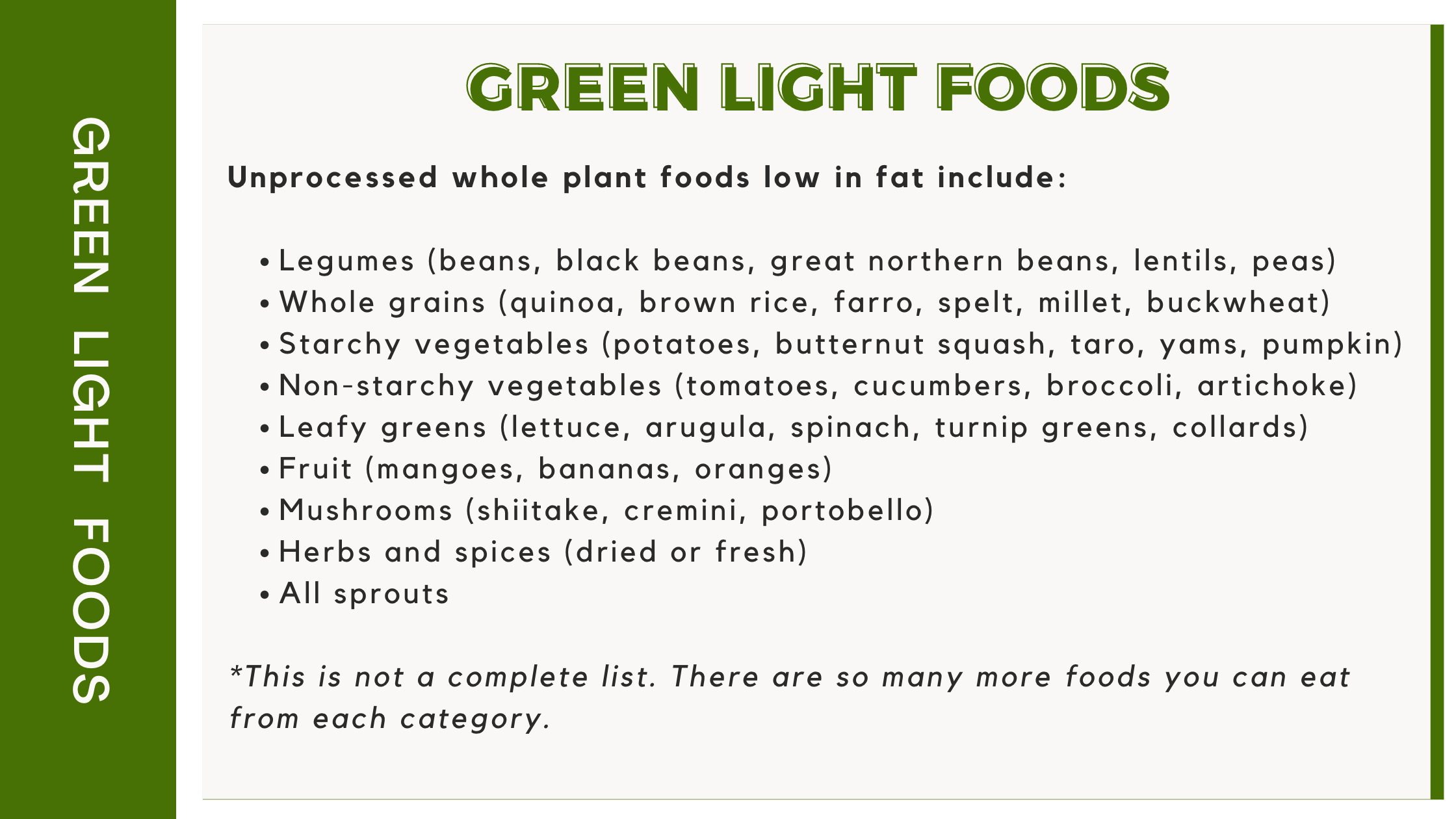
In my most recent podcast episode, I took a deep dive into the traffic light system for food, which is a popular tool used to help people make healthier food choices. The system categorizes foods into green, yellow, and red colors based on their nutritional value and health impact. Green light foods are the healthiest and most nutrient-dense options. In contrast, yellow-light foods are still healthy. Still, they should be consumed in moderation, and red-light foods are the least healthy and should be avoided or consumed sparingly.
Listen to the full episode here.
The traffic light system can help individuals make healthier choices and improve their health by emphasizing the consumption of green light foods and limiting yellow foods, and avoiding red light foods. This can help to lower the risk of chronic diseases such as heart disease, diabetes, and obesity.
In addition to promoting better health outcomes, the traffic light system can help people make more informed food decisions. By providing a simple and easy-to-understand framework for categorizing foods, this system can make it easier for individuals to make healthier choices and develop better eating habits.
The book and program Mastering Diabetes use the traffic light system to recommend which foods are best to improve insulin sensitivity. The green light category includes vegetables, fruits, whole grains, and legumes, the most nutrient-dense foods on the planet, rich in fiber, vitamins, minerals, antioxidants, and phytonutrients.
The yellow light category includes foods higher in fat, such as nuts, seeds, avocados, olives, and soy products. While these foods are still healthy, they must be consumed in moderation and have a higher calorie density that can lead to weight gain. Additionally, some people with diabetes may need to be cautious about their fat intake, which can cause insulin resistance and high blood glucose.
The red light category includes animal-based foods, processed foods, and all oils. These foods can affect insulin sensitivity and contribute to weight gain, and processed foods are nutrient-deficient and loaded with additives and preservatives.
Overall, the traffic light system for food is an excellent tool for making healthier food choices. Individuals can improve their health outcomes and reduce the risk of chronic diseases by focusing on consuming nutrient-dense foods and limiting or avoiding less healthy options. It is important to note that people may have different dietary needs based on their health conditions or preferences. Consulting with a healthcare professional or registered dietitian can help create an individualized diet plan.
Listen to the full episode on the Traffic Light System here.














